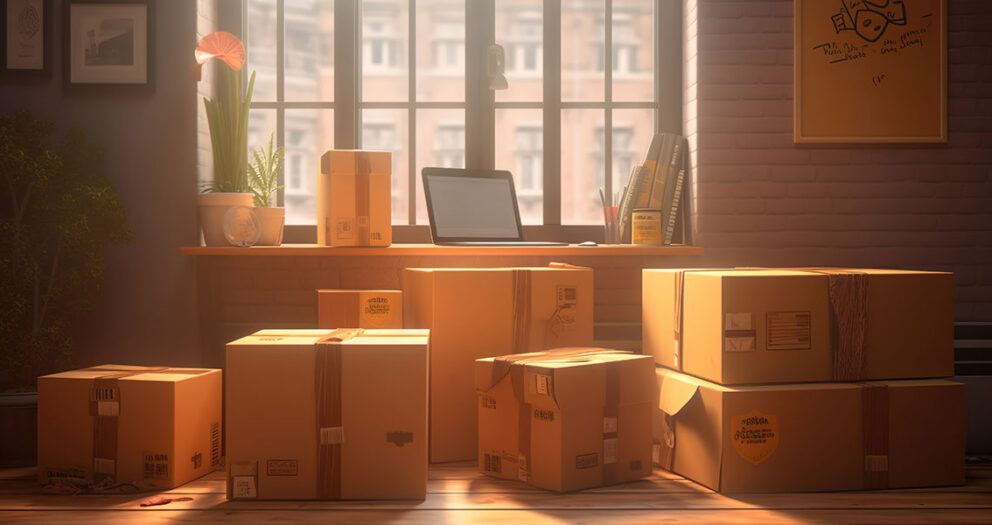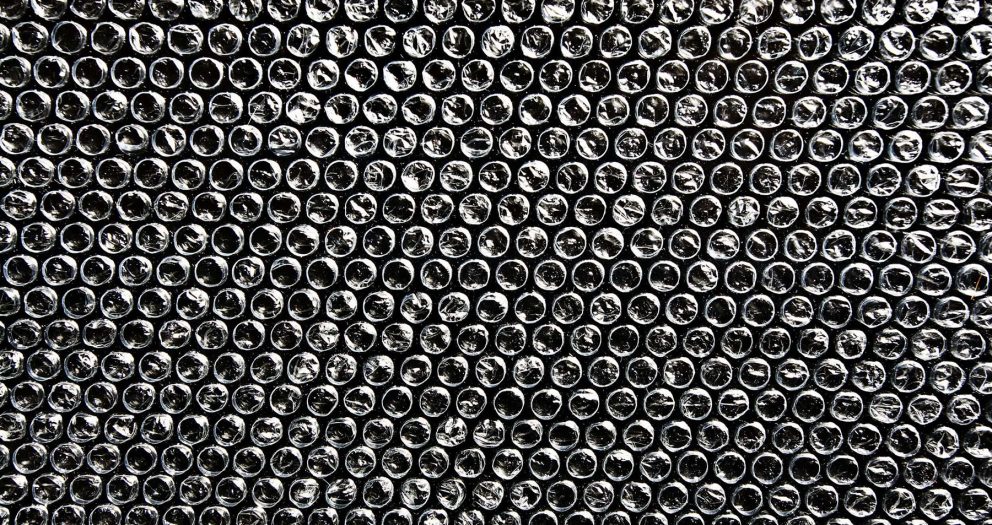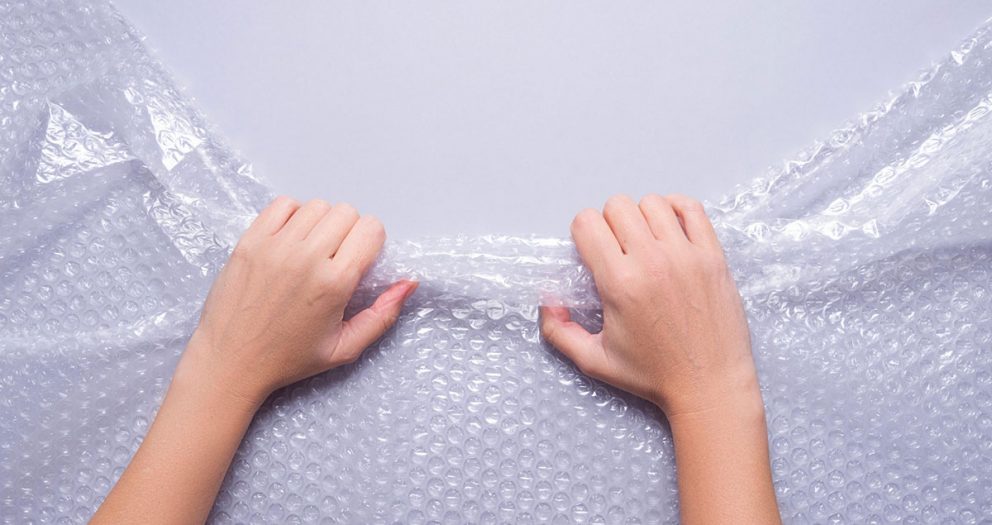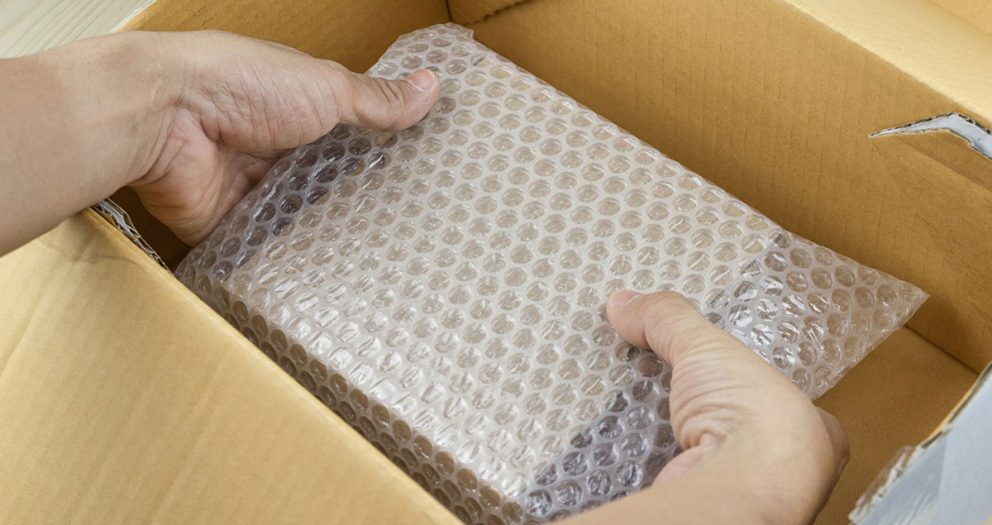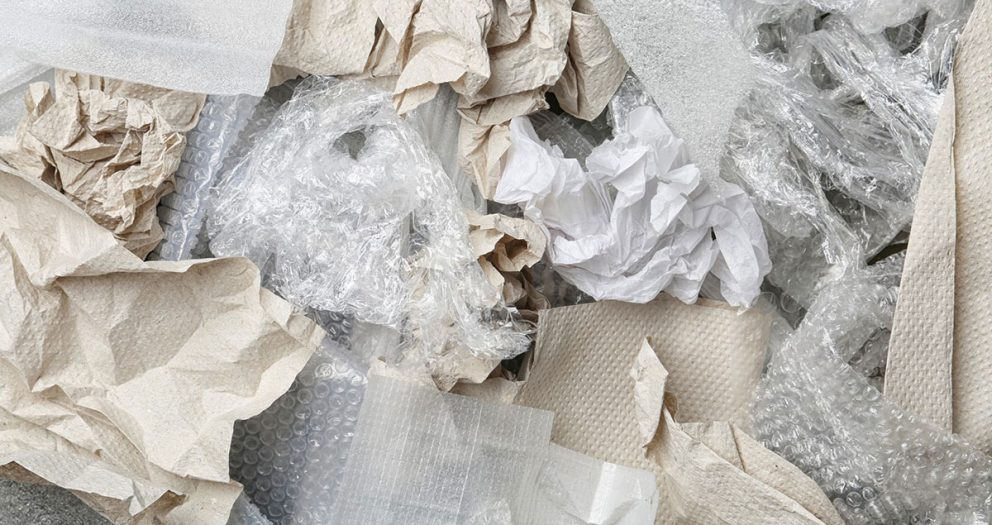Padded envelopes are cushioned mailers that provide extra protection and support during mailing or shipping. The exterior is often made of heavy paper or paperboard, and the padding is bubble wrap, newsprint or another filler material. They close with an adhesive flap or a piece of tape. Depending on the size, padded envelopes can cost around $1 each. Recycle padded envelopes by reusing them.
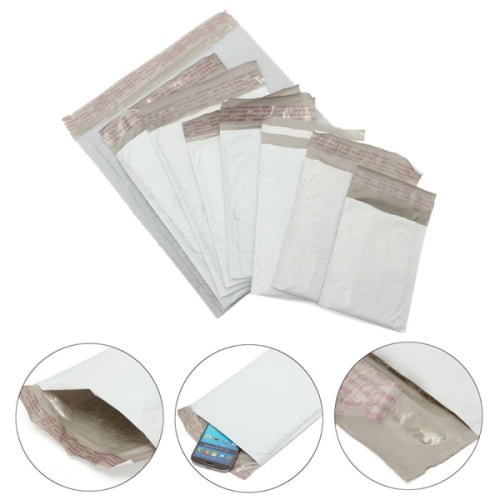
How to Recycle Bubble Padded Envelopes
- Determine if your city will allow you to recycle your padded envelopes with the rest of your recyclable trash. Most local waste management departments will allow padded envelopes in their recyclable bins only if the envelope and the padding are made of the same material.
- Recycle the envelopes in the bins if you have paper envelopes made with paper cushioning, or plastic envelopes made with plastic bubble wrap cushioning. The paper envelopes with plastic cushioning cannot be recycled this way because it is difficult to separate the two materials.
- Drop off recyclable padded envelopes at recycling centers if they are able to recycle, but cannot be collected at the curb.
- Save the padded envelopes you receive until you need to ship or mail something. You can recycle padded envelopes by reusing them yourself.
- Place a label over the existing address and return address. If you do not have a label that is large enough, write your shipping information on a heavy piece of paper and tape it on all sides over the address written on the envelope.
- Apply extra tape to the envelope closure to ensure it stays sealed during shipping. Allow the post office to put the right amount of postage on your reused envelope so there is no confusion with the original postage that was used.
- Incorporate padded envelopes into your filing system at home or work. Use the extra cushion these envelopes provide to store stacks of documents, or delicate objects such as jewelry, decorations, or beads and craft supplies. They stack up easily into a standing position when packed together in a box or crate.
- Give the envelopes to your older children for art projects. Kids love to draw and color on unique surfaces. Let them use the envelopes for play. Keep them away from small children though, who might get hurt if the stuffing is plastic.
- Return the envelope to the original shipper. Used booksellers have been known to include postage that would enable their buyers to send the envelope back. Ask the sender if he or she would like you to return the envelope.
- Offer the padded envelopes to friends and family who do a lot of online buying and selling. Websites such as eBay and Etsy allow people to sell items online, and they will need ways to ship out their merchandise. Ask around in case anyone is interested in recycling your padded envelopes for their own shipping purposes.

